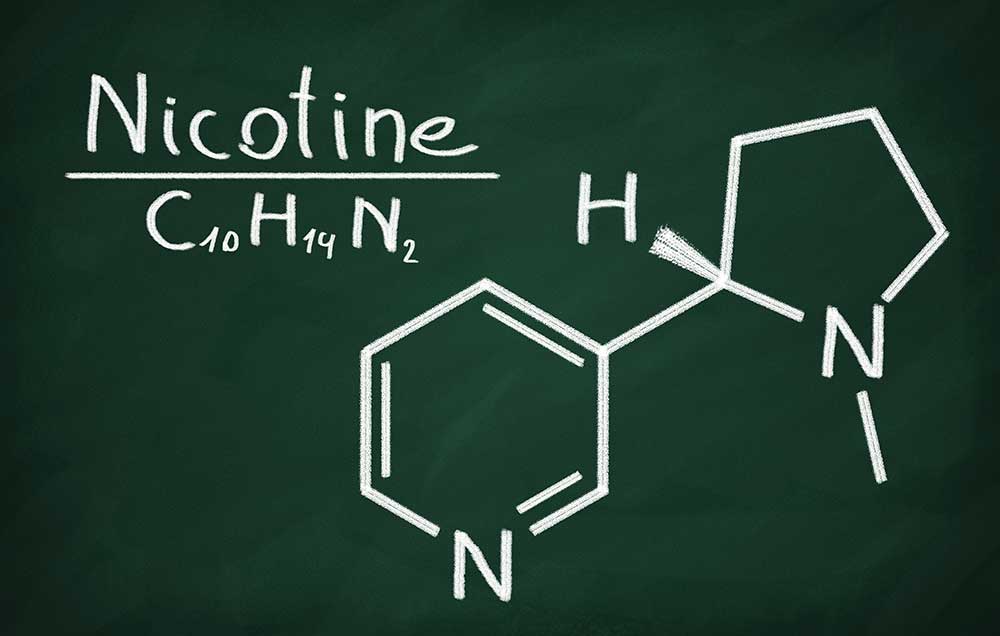Synthetic nicotine or how e-cigarette and e-liquid manufacturers are trying to circumvent regulations

Synthetic nicotine or how to bypass the regulations?
This approach is not unique as the use of synthetic nicotine is growing in the US. A search of Truth’s tobacco industry documents revealed that the industry considered the use of synthetic nicotine as early as the 1960s, an effort that was abandoned due to the high cost and low purity of synthetic nicotine.
Recent patents have revealed renewed efforts to develop more efficient strategies for achieving nicotine synthesis. Nicotine exists in two forms, S- and R-nicotine. While S-nicotine is the most common form of nicotine in tobacco (>99%), synthetic nicotine contains both stereoisomers in equal amounts 50/50, raising concerns about inaccurate labeling and poorly understood health effects of R-nicotine. Other manufacturers, including a major pharmaceutical nicotine vendor, have developed stereospecific strategies to synthesize pure S-nicotine that is now added to e-cigarette liquids marketed in the United States and the United Kingdom. Vendors claim that the FDA does not have the authority to regulate synthetic nicotine as a tobacco product, allowing them to bypass the pre-marketing process.
However, the legal analysis suggests that the FDA may have the authority to regulate synthetic nicotine as a drug. Alternatively, Congress should include nicotine from any source in the legal definition of tobacco products.
S-E Jordt. Synthetic nicotine has arrived. Tob Control 2021;0:1–5. doi:10.1136/tobaccocontrol-2021-056626
© Photo credit: Makaule
